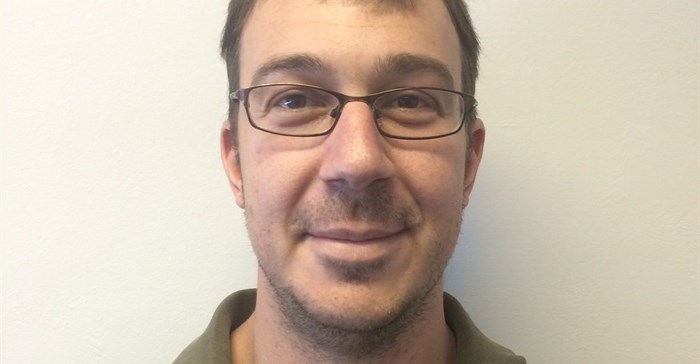
Top stories






More news





HR & Management
Kickstart your career: 7 steps to get job-ready in 2026









Until now it had only been performed on a few children at the Red Cross Children's Hospital.
The dystonia was a side effect of an anti-psychopathic medication prescribed to the patient for bipolar disorder. However, the dystonia persisted after the medication was discontinued. By the time the DBS operation was performed, the patient had already been confined to bed for six months.
The operation was performed by Dr Armin Gretschel, a neurosurgeon with Stellenbosch University's Faculty of Medicine and Health Sciences (FMHS). The equipment was provided by Medtronic.
According to Gretschel, two very thin electrodes were implanted in the globus pallidus on both sides of the brain to block the electrical impulses causing the movement disorder. Healthy brain tissue is not damaged by this and, if necessary, the procedure can be reversed.
The electrodes were then connected with a thin wire to a battery-driven neuro-stimulator, a device similar to a pacemaker, which was implanted under the skin just below the collar bone.
The whole process took approximately six hours. Programming the device is only done afterwards and was handled by Professor Jonathan Carr, Head of FMHS' Division of Neurology.
The brain region where the electrodes are implanted depends on the reason for the DBS. According to Carr, the procedure has thus far been performed around 300,000 times worldwide and almost 90% of the cases involved Parkinson's disease. Number two on the list is essential tremors, followed by dystonia. It has also been approved for neurological conditions such as obsessive-compulsive disorder and Tourette syndrome.
“Some dystonia patients are symptom-free after the implant for as long as the system works," says Gretschel. “Parkinson's disease is progressive and DBS relieves symptoms, but more stimulation is needed as the disease worsens," he adds.
Patients with Parkinson's disease are kept awake during DBS to communicate with them, but this is not possible with dystonia patients, because the abnormal movements can lead to injuries in the steel framework in which the head is placed for the procedure.
The implanted device is about the size of a matchbox (6cm x 4cm x 1,5cm) and is battery-driven. Depending on the tension required, the battery can last between two and five years before the device has to be replaced.
If the reloadable option is chosen – which was the case in this instance because high tension was required – the battery can simply be reloaded by holding the reloading unit next to the skin. However, practical considerations play a role in this decision. Patients in especially rural areas don't have access to electricity and it is also not considered an option if there is uncertainty whether the patient is actually going to reload the device regularly.